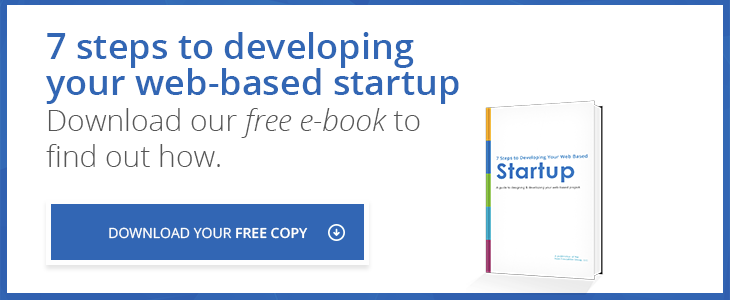How well does your website perform in terms of e-commerce? For any business that exists solely online, this question is a big deal. Your success depends heavily on how easy it is to make purchases on your site, after all, and any hiccups can spell disaster for your bottom line.
Even for businesses just starting to sell products directly on their website to supplement their brick-and-mortar setup, things can get tricky. You stand to increase your sales by an incredible amount by selling online, but you’re also taking on a whole new set of responsibilities.
So what’s the best e-commerce option out there?
The answer depends on a number of variables, including (but not limited to):
- Your industry
- The types of products you’re selling
- Your preferred payment method
- Specific cart functions you may require
Of course, there’s no one-size-fits-all option that works perfectly for every scenario. It often comes down to the variables above, as well as how much work you and your team are willing (or not willing) to shoulder to run an online store.
Let’s explore the three most popular solutions for e-commerce, and how they might best serve your business’s specific needs.
Amazon's Marketplace
Using Amazon to sell your products is probably the easiest e-commerce solution out there simply due to the fact that the barrier to entry is pretty low. It doesn't hurt to have your products marketed by a global powerhouse, either. Plus, Amazon's e-commerce solutions are supported by a strong back-end infrastructure that handles shipping, inventory, tax collecting, customer support, refunds, and more.
The downside to using Amazon, however, lies in the fact that your brand's identity is extremely limited. Your website will be largely hidden or difficult for customers to find depending on the product and its similarities to other products. There's not too many ways to stand out from the herd and grab the customers’ attention.
Another Amazon pitfall is that each product sold will come with a 99-cent fee for those who choose the individual seller's plan, while media items come with their own fees no matter the seller plan selected. Weigh these fees against projected revenue. If your profits get trimmed down significantly, then it's a good idea to choose a solution over which you have more control.
Third-Party E-Commerce Solutions
Third party e-commerce solutions such as Shopify, Magento, or BigCommerce lie somewhere in between marketplace services and fully customized on-site shopping carts.
In a relatively short amount of time, you can select which pre-made shopping cart template you want to use, configure your payment gateway, and start selling products. You're able to be more involved in how customers see and purchase products compared to Amazon, but you're still not in total control as is the case with on-site shopping carts.
This option works for companies who have only a few products to sell and want to save time and money without having to worry about software updates and security measures. Plus, there is the benefit of having 24/7 customer support available in case something goes wrong.
However, if standing out from your competitors and building trust in your brand is of major importance to you, you may hit a dead end in terms of customization. While many third-part e-commerce platforms do give you the ability to customize your cart experience, doing so without the help of a designer or developer might prove to be difficult.
And if you need to enlist outside help for that purpose, you’ll need to weigh the combined cost against what it would cost to simply have something custom-built in the first place.
On-Site Custom Shopping Carts
The biggest advantage to using your own site to sell your own products is the sheer amount of independence you have. In this scenario, you have complete control over how everything looks and functions. This e-commerce option is perfect for companies selling custom-made products who want complete control over how their product is perceived by the consumer.
In case you haven’t guessed by now, on-site shopping carts usually require the assistance of a professional web developer to help create a custom solution. Sometimes this includes the integration of a third-party solutions like Magento or ZenCart, but many developers use their own proprietary e-commerce check-out process.
With this option, there are no obtuse restrictions, entry fees, or requirements. You run the show. There are no recurring monthly charges that eat into your profits, and the entire shopping experience is a reflection of your brand and message, making it uniquely yours. Plus, when combined with a custom website design, it can scale as your business continues to grow.
Weighing your e-commerce options can take some time. You’ll need to keep in mind important factors such as your budget and how much control you want over your visitors’ experience. But by incorporating e-commerce into your website (or improving your existing online store), you stand to increase your sales enough to make the effort and costs totally worth it.


